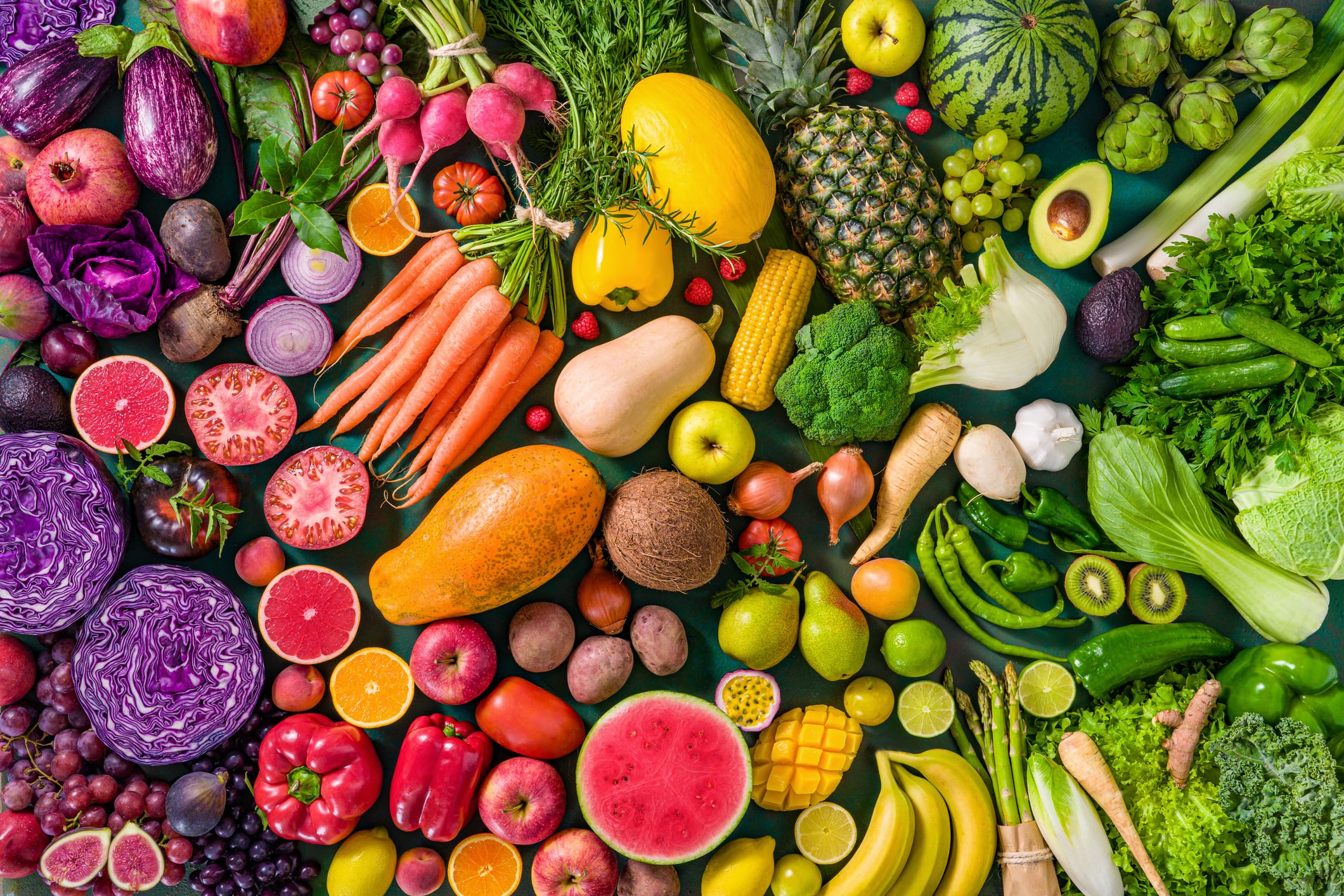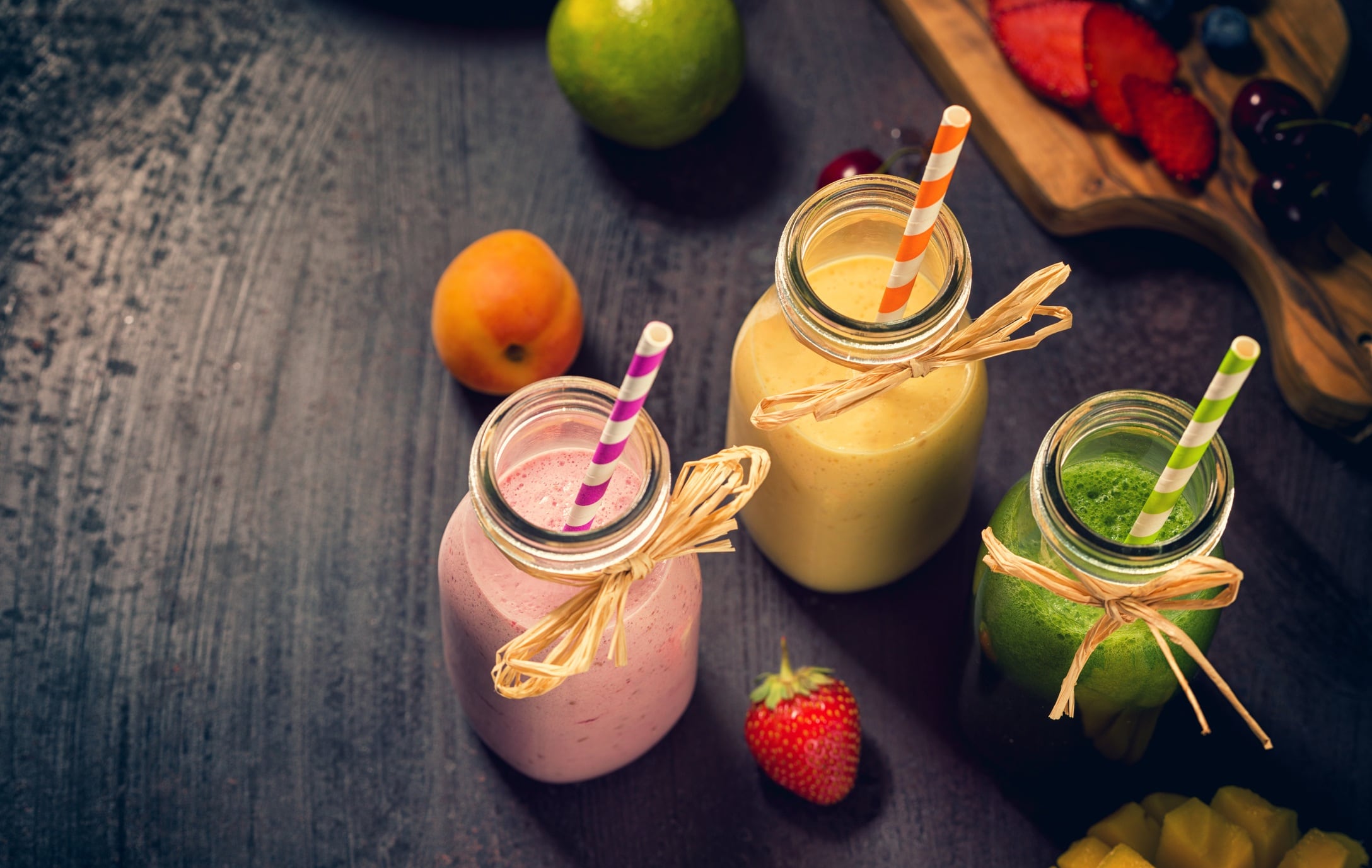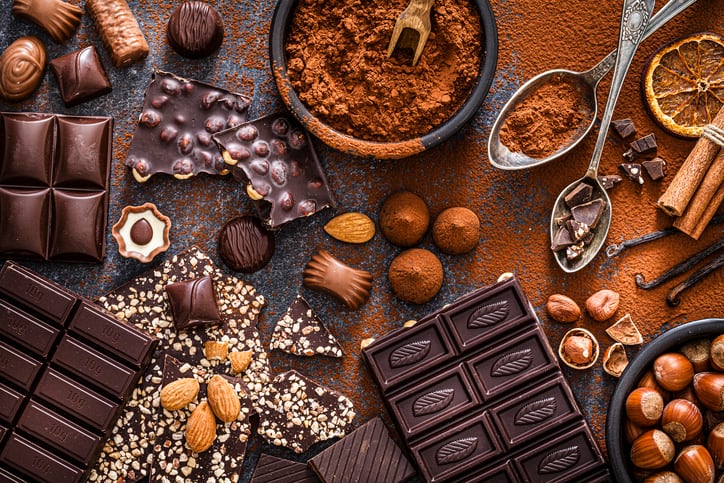Is fibre driving the future of functional food innovation?
- Fibre is linked to gut health, heart health and disease prevention
- Global fibre market is growing, led by Asia Pacific at 40% share
- Functional beverages with fibre are booming
- Bakery, dairy and snacks are being fortified with fibre-rich ingredients
- Consumers want clean-label, wellness-focused foods with added benefits
“Is fibre the new protein?”
That’s the question we’ve been hearing time and again in over the past six months. Why? Because consumers can’t seem to get enough of the stuff.
So much so, the global dietary fibres market is now worth an estimated $7.9bn (€6.8bn), and is projected to reach almost $15bn ($14.93bn) by 2030 (market analyst Grand View Research).
What is fibre?
Fibre is the undigestible carbohydrate found in plant-based foods, such as fruits, vegetables, grains, beans, and nuts.
It’s been linked to a range of health benefits, including improved digestive health, lowered cholesterol and blood pressure, and a reduced risk of chronic conditions such as heart disease, stroke, type 2 diabetes, and some cancers.
Fibre trend growing
“Fibre is increasingly recognised as a core functional nutrient,” says Saurabh Gandhi, manager of consumer goods division at Grand View Research.
And it’s this recognition that has led to growing consumer interest in all things fibre. In fact, increased fibre intake now has a name - fibremaxxing - and it’s taking social media by storm.

Fibre trend across markets
Interest in consuming more fibre is growing across all markets, but Asia Pacific, North America and Europe are showing particular growth.
Asia Pacific
The dietary fibres market in the Asia Pacific region is expected to experience the fastest growth, with a projected CAGR of 10.1% over the next five years. What’s more, it already holds the biggest share of the market, accounting for 40% of global revenue, with India and China leading the way (Grand View Research).
North America
The North American market is another quickly-expanding market, fuelled by the growing consumer trend towards buying products that support digestive health and overall wellness.
Europe
Another major growth market is Europe. The rising demand for dietary fibre across the continent is largely driven by increasing awareness of its health benefits and a growing interest in natural ingredients and clean-label products.

Fibre trend across sectors
Beverages
Fibre-rich smoothies, fruit and vegetable juices, protein shakes, and prebiotic sodas are flying off the shelves, reflecting the explosive growth of the functional beverages market, which has now surpassed $149bn (€128bn) and is projected to reach $248bn by 2030, driven by a robust 8.9% CAGR.
This surge underscores a clear consumer preference for drinks that do more than quench thirst, they contribute to overall wellness.
According to Grand View Research’s Gandhi, this momentum highlights a broader shift - wellness is no longer a niche concern but a daily priority.
Consumers are actively seeking products that align with their health goals, and brands are responding with innovative formulations that combine functionality with flavour. The rise of fibre-functional drinks is emblematic of this evolution, where nutrition, convenience, and experience converge.
Bakery
There’s a growing trend of incorporating dietary fibre into bakery items, driven by increasing consumer awareness of health and wellness.
As shoppers seek out products that support digestive health, weight management, and overall wellbeing, manufacturers are responding by fortifying breads, cakes, biscuits, and other baked goods with fibre-rich ingredients such as wholegrains, seeds, legumes, and functional fibres like inulin or resistant starch.
Dairy & dairy alternatives
Yoghurts, plant-based milks, and cheese alternatives are increasingly being fortified with dietary fibre, reflecting a broader industry shift towards functional nutrition.
Whether it’s chicory root fibre in almond milk or prebiotic blends in coconut yoghurt, the innovation in this space is accelerating.
These products appeal to health-conscious consumers who are actively seeking digestive support, improved gut health, and enhanced nutritional profiles, without sacrificing taste or texture.
By integrating fibre into everyday dairy and dairy-alternative staples, brands are tapping into the growing demand for foods that deliver added value, particularly in the context of holistic wellness and preventative health.
Confectionery & Sweets
Confectionery manufacturers are increasingly adding fibres such as inulin or polydextrose to products like gummies, chocolates, cookies and cakes, to enhance the nutritional profile of sweet treats.
These functional fibres not only help reduce the overall sugar content but also offer health benefits. Inulin and polydextrose act as prebiotics, supporting the growth of beneficial gut bacteria and contributing to improved digestive health. Additionally, they can slow sugar absorption, helping to moderate blood glucose spikes.
By incorporating these ingredients, manufacturers are able to position indulgent products as better-for-you options, appealing to health-conscious consumers without sacrificing enjoyment.
Snacks
The healthy snacks market is experiencing notable growth, driven by rising consumer demand for convenient yet nutritious options.
Fibre-enriched snacks like biscuits, cereal bars and crisps are becoming increasingly prevalent, as manufacturers respond to interest in gut health, satiety, and blood sugar management.
By incorporating functional fibres like chicory root fibre, inulin, or resistant starch, brands are able to offer products that not only satisfy cravings but also deliver added benefits.

The future of fibre in F&B
As fibre continues to gain traction across categories and continents, it’s clear this once-overlooked nutrient is now a cornerstone of functional food innovation.
With consumers demanding more from their diets - clean label, added health benefits, and gut-friendly ingredients - fibre is delivering on all fronts.
For brands, the message is simple - fibre isn’t just a trend, it’s a strategic opportunity to meet evolving wellness expectations and stand out in a competitive market.




